Disinfection of hospitals and medical centers
TERMECA is a water-based, fast-acting disinfectant for medical environments like clinics and hospitals and also for medical equipment. TERMECA is 100% safe for users and patients in medical places, it does not cause surface corrosion and has no change in the texture and colour of the medical fabric.
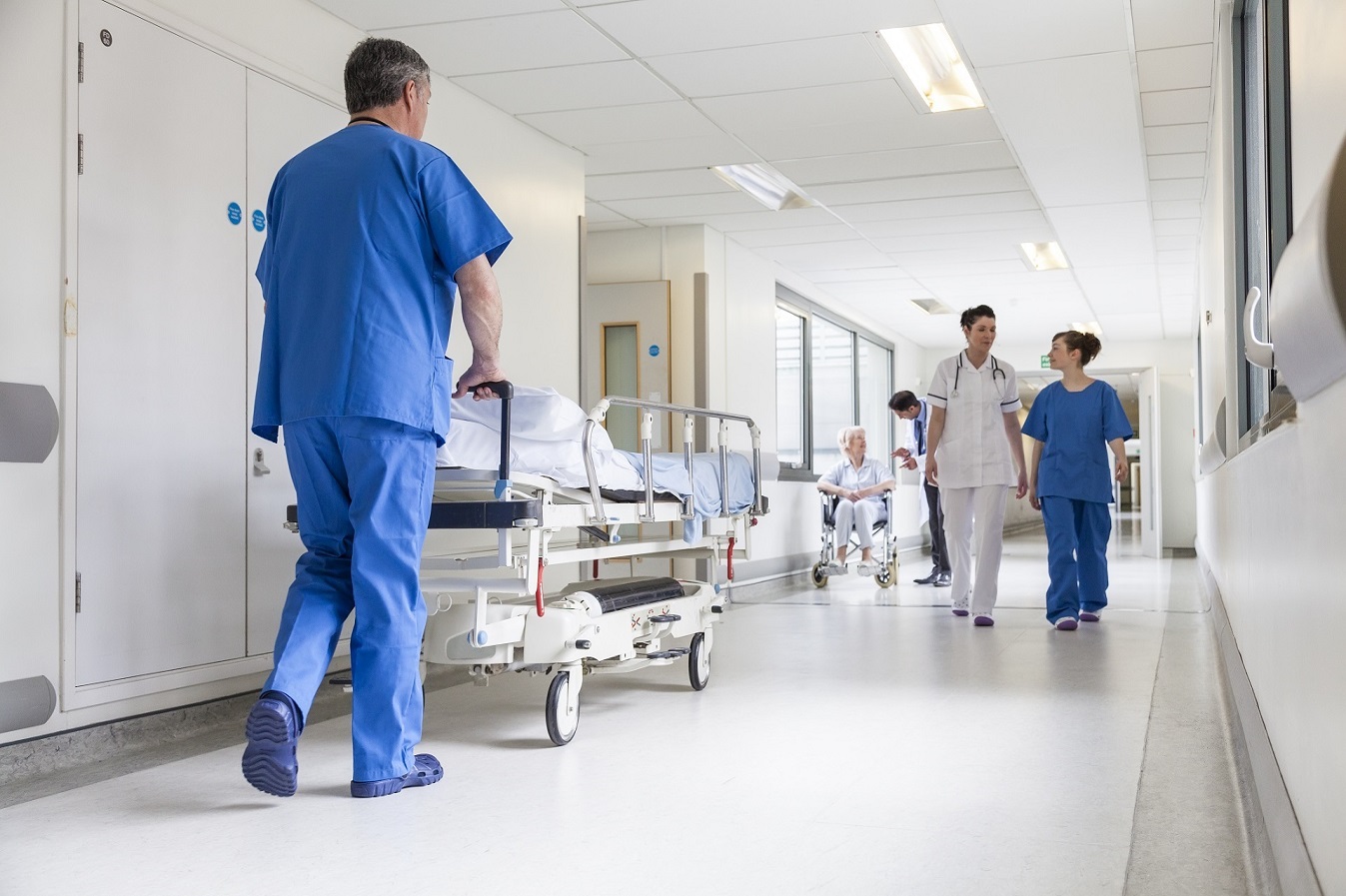
1- disinfection of medical environment and surfaces
Healthcare environments are places where harmful pathogens, microbes and bacteria live and multiply. Undoubtedly, the most effective and inexpensive way to fight infection is to prevent it from occurring. The most common disinfectants that are used today in clinics and treatment facilities such as hospitals, clinics, dental and veterinary clinics are products such as betadine, chlorhexidine, alcohol, acetate, hydrogen peroxide, boric acid, silver nitrate, silver sulfadiazine. For example, to prevent the occurrence of surgical site infection, one of the effective measures is to disinfect the surgical site, so in 1954 in England, Chlorhexidine was marketed as a wound disinfectant, skin cleaning, and disinfection before surgery.
Currently, the use of chlorhexidine alcohol spray is used to disinfect the surgical site. It is effective in preventing infection, it is fast-acting and does not need to be washed and cleaned after use.
Regarding the environment of treatment centers, in general, the disinfection of the clinic and hospital environment is divided into two levels of environments with high contamination risk (critical) and medium contamination risk (non-critical).
According to the number and type of clients (patients, companions, other medical staff and people) in different departments, all rooms of the hospital are required to use disinfectants correctly. Hospitals consider cost, material compatibility, durability, and disposal when deciding which disinfectant or detergent to use.
Specialized environments such as operating rooms, newborn babies’ rooms, ambulatory and emergency care and triage areas, as environments with a high risk of contamination, require a stricter disinfection protocol. In the disinfection protocol of hospitals, disinfection should be done according to the target microbes, the type of surface (fabric, metal, plastic, etc.), the compatibility of the disinfectant with surfaces and materials, the safety of employees and patients and their companions, environmental issues and hospital waste.
In a hospital disinfection protocol, the following compounds are usually used at high and medium risk levels:
Quaternary ammonium compounds: These compounds are effective as a low-level disinfectant against most bacteria, enveloped viruses and some fungi, and it is used on non-critical surfaces such as floors, bed rails, tray tables, blood pressure cuffs, walls and partitions.
Hypochlorite: These compounds are the most common chlorine disinfectants and are commercially available as bleach. The main problem with using this disinfectant is skin irritation, inflammation of the eyes and respiratory tracts, and its irritating smell. Also, in high concentrations, it is corrosive to metal and fibres and can cause changes in texture and colour in the fabric of patients' clothes and bed sheets. it is recommended that hospitals use these products while maintaining user safety (masks and gloves), only for disinfecting bathrooms and hospital toilets.
Phenolic: In the past, phenol called carbolic acid was used as a surgical disinfectant, but now it is used as a surface disinfectant in hospitals. The problem is that if these products are not used properly, they cause skin and lung irritation and are also very dangerous for babies.
Peracetic acid products: These compounds are fast-acting medical disinfectants. They are bactericidal, fungicidal, virusidal, micro bactericidal and sporicidal. However, peracetic acid can become unstable when diluted and can also corrode some metals such as copper and brass.
Hypochlorous acid: as a strong and high-level disinfectant effectively destroys all living organisms such as bacteria, fungus, and even bacterial spores.
TERMECA: this solution can be used as a suitable disinfectant for medical equipment, with a quick effect in 30 seconds, 100% safe and odourless. Due to the unique power of this material and the ease of its preparation, accumulation and use, it is possible to repeatedly disinfect the environment (200 ppm solution and pH below 6) can be used at critical and non-critical levels. Also, It can be used through foggers or in cold fogger devices to widely disinfect rooms and air.
Using TERMECA with a specific concentration does not cause surface corrosion, and does not change the texture and colour of the fabric. It does not pose a risk to the health and safety of users in hospitals and patients, and because it is water-based, it does not enter the hospital wastewater and poses no risk to the environment. On the other hand, this acid can be used as a purifier in hospital wastewater.
2- disinfection of medical devices
these devices are used in high-risk environments with various pathogens. Some devices are exposed to infectious pathogens on the skin or directly in the bloodstream of patients, therefore, disinfection of medical equipment ensures that pathogens are stopped before spreading and spreading in their path, guaranteeing the health of patients and treatment staff.
Medical equipment, like medical environments, has types of high-risk (critical), medium risk and low-risk.
Medium-risk and low-risk devices (such as thermometers, hospital pagers, medical scissors and stethoscopes, blood pressure cuffs or IV leads) must be disinfected without exception after contact with the patient. These devices usually come in contact with skin (without injury) and therefore have less risk than other categories of devices. Therefore, you can use a low-level disinfectant with a chemical germicide that is registered by the EPA as a hospital disinfectant for some viruses and bacteria.
In high-risk equipment, it is necessary to use high-level disinfection such as glutaraldehyde and hydrogen peroxide. But after using them because of the chemical compounds used, the devices must be washed from all chemicals using sterile water. Also, medical devices including endoscopy, colonoscopy, dialysis, ultrasound, CT scan and other stable objects and devices that interact with sterile body tissues and fluids such as internal organs or the cardiovascular system (such as surgical equipment, cutters and implants) They are in contact, they also need to be sterilized. In clinics, in addition to using materials, steam disinfectants are used for sterilization
TERMECA (with a certain concentration ) can also be used as a water-based, fast-acting, 30-second, 100% safe and odourless skin disinfectant. TERMECA destroys 99.99% of viruses, parasites and fungi, bacteria, and resistant bacteria and also can be used as an effective antiseptic for skin injuries and surgery and injections wounds.
Healthcare environments are places where harmful pathogens, microbes and bacteria live and multiply. Undoubtedly, the most effective and inexpensive way to fight infection is to prevent it from occurring. The most common disinfectants that are used today in clinics and treatment facilities such as hospitals, clinics, dental and veterinary clinics are products such as betadine, chlorhexidine, alcohol, acetate, hydrogen peroxide, boric acid, silver nitrate, silver sulfadiazine. For example, to prevent the occurrence of surgical site infection, one of the effective measures is to disinfect the surgical site, so in 1954 in England, Chlorhexidine was marketed as a wound disinfectant, skin cleaning, and disinfection before surgery.
Currently, the use of chlorhexidine alcohol spray is used to disinfect the surgical site. It is effective in preventing infection, it is fast-acting and does not need to be washed and cleaned after use.
Regarding the environment of treatment centers, in general, the disinfection of the clinic and hospital environment is divided into two levels of environments with high contamination risk (critical) and medium contamination risk (non-critical).
According to the number and type of clients (patients, companions, other medical staff and people) in different departments, all rooms of the hospital are required to use disinfectants correctly. Hospitals consider cost, material compatibility, durability, and disposal when deciding which disinfectant or detergent to use.
Specialized environments such as operating rooms, newborn babies’ rooms, ambulatory and emergency care and triage areas, as environments with a high risk of contamination, require a stricter disinfection protocol. In the disinfection protocol of hospitals, disinfection should be done according to the target microbes, the type of surface (fabric, metal, plastic, etc.), the compatibility of the disinfectant with surfaces and materials, the safety of employees and patients and their companions, environmental issues and hospital waste.
In a hospital disinfection protocol, the following compounds are usually used at high and medium risk levels:
Quaternary ammonium compounds: These compounds are effective as a low-level disinfectant against most bacteria, enveloped viruses and some fungi, and it is used on non-critical surfaces such as floors, bed rails, tray tables, blood pressure cuffs, walls and partitions.
Hypochlorite: These compounds are the most common chlorine disinfectants and are commercially available as bleach. The main problem with using this disinfectant is skin irritation, inflammation of the eyes and respiratory tracts, and its irritating smell. Also, in high concentrations, it is corrosive to metal and fibres and can cause changes in texture and colour in the fabric of patients' clothes and bed sheets. it is recommended that hospitals use these products while maintaining user safety (masks and gloves), only for disinfecting bathrooms and hospital toilets.
Phenolic: In the past, phenol called carbolic acid was used as a surgical disinfectant, but now it is used as a surface disinfectant in hospitals. The problem is that if these products are not used properly, they cause skin and lung irritation and are also very dangerous for babies.
Peracetic acid products: These compounds are fast-acting medical disinfectants. They are bactericidal, fungicidal, virusidal, micro bactericidal and sporicidal. However, peracetic acid can become unstable when diluted and can also corrode some metals such as copper and brass.
Hypochlorous acid: as a strong and high-level disinfectant effectively destroys all living organisms such as bacteria, fungus, and even bacterial spores.
TERMECA: this solution can be used as a suitable disinfectant for medical equipment, with a quick effect in 30 seconds, 100% safe and odourless. Due to the unique power of this material and the ease of its preparation, accumulation and use, it is possible to repeatedly disinfect the environment (200 ppm solution and pH below 6) can be used at critical and non-critical levels. Also, It can be used through foggers or in cold fogger devices to widely disinfect rooms and air.
Using TERMECA with a specific concentration does not cause surface corrosion, and does not change the texture and colour of the fabric. It does not pose a risk to the health and safety of users in hospitals and patients, and because it is water-based, it does not enter the hospital wastewater and poses no risk to the environment. On the other hand, this acid can be used as a purifier in hospital wastewater.
2- disinfection of medical devices
these devices are used in high-risk environments with various pathogens. Some devices are exposed to infectious pathogens on the skin or directly in the bloodstream of patients, therefore, disinfection of medical equipment ensures that pathogens are stopped before spreading and spreading in their path, guaranteeing the health of patients and treatment staff.
Medical equipment, like medical environments, has types of high-risk (critical), medium risk and low-risk.
Medium-risk and low-risk devices (such as thermometers, hospital pagers, medical scissors and stethoscopes, blood pressure cuffs or IV leads) must be disinfected without exception after contact with the patient. These devices usually come in contact with skin (without injury) and therefore have less risk than other categories of devices. Therefore, you can use a low-level disinfectant with a chemical germicide that is registered by the EPA as a hospital disinfectant for some viruses and bacteria.
In high-risk equipment, it is necessary to use high-level disinfection such as glutaraldehyde and hydrogen peroxide. But after using them because of the chemical compounds used, the devices must be washed from all chemicals using sterile water. Also, medical devices including endoscopy, colonoscopy, dialysis, ultrasound, CT scan and other stable objects and devices that interact with sterile body tissues and fluids such as internal organs or the cardiovascular system (such as surgical equipment, cutters and implants) They are in contact, they also need to be sterilized. In clinics, in addition to using materials, steam disinfectants are used for sterilization
TERMECA (with a certain concentration ) can also be used as a water-based, fast-acting, 30-second, 100% safe and odourless skin disinfectant. TERMECA destroys 99.99% of viruses, parasites and fungi, bacteria, and resistant bacteria and also can be used as an effective antiseptic for skin injuries and surgery and injections wounds.
.jpg)










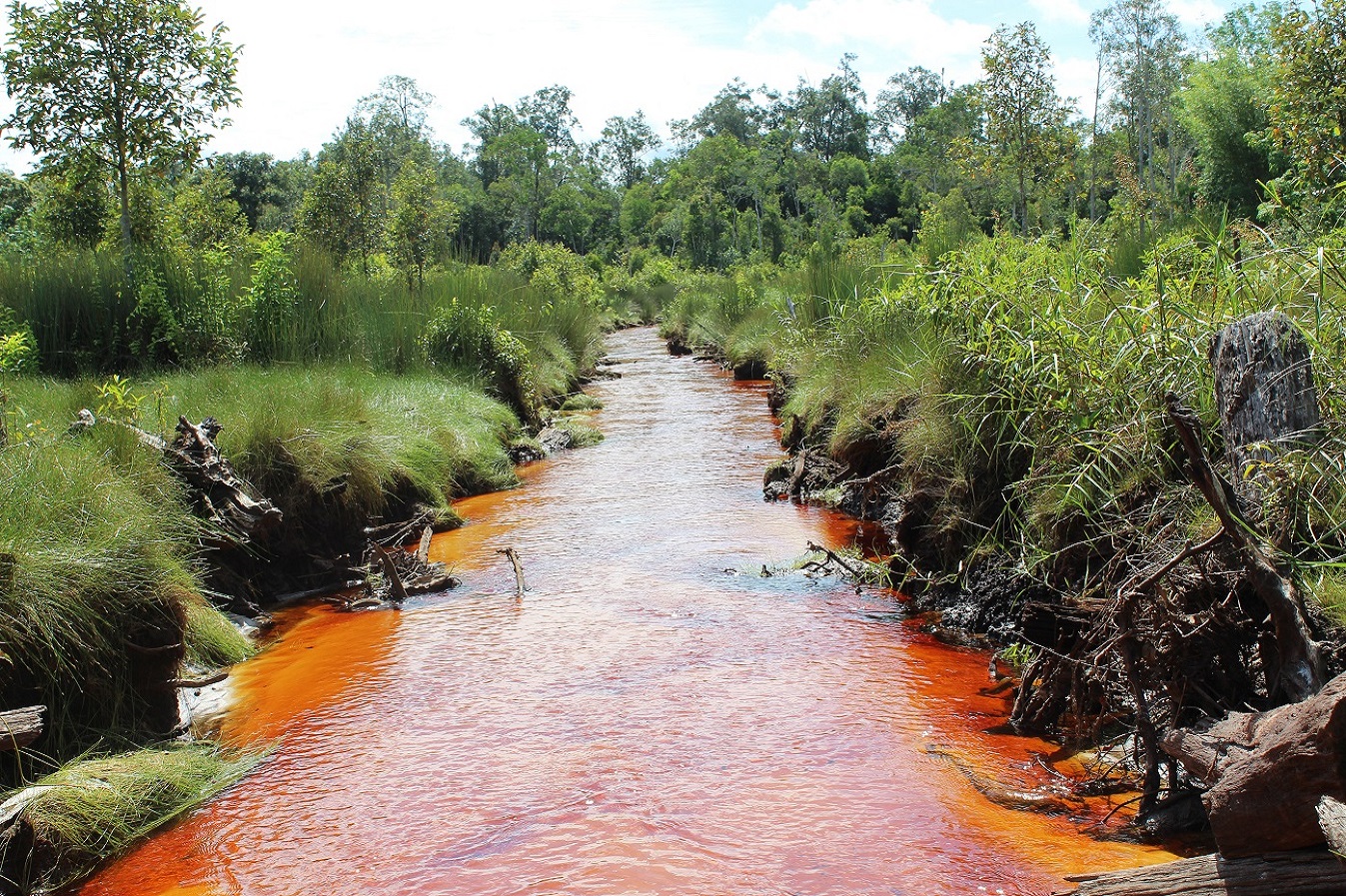
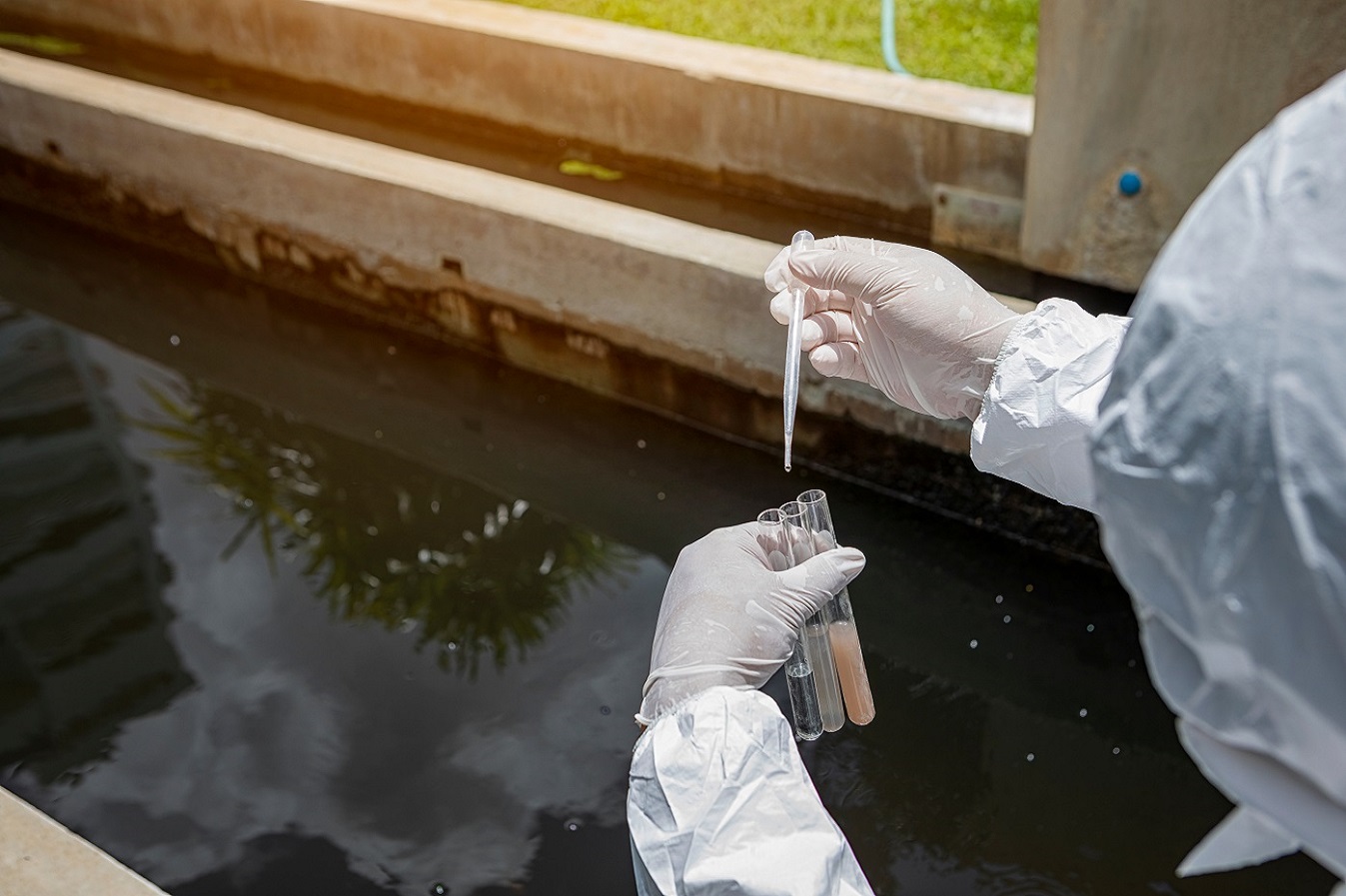




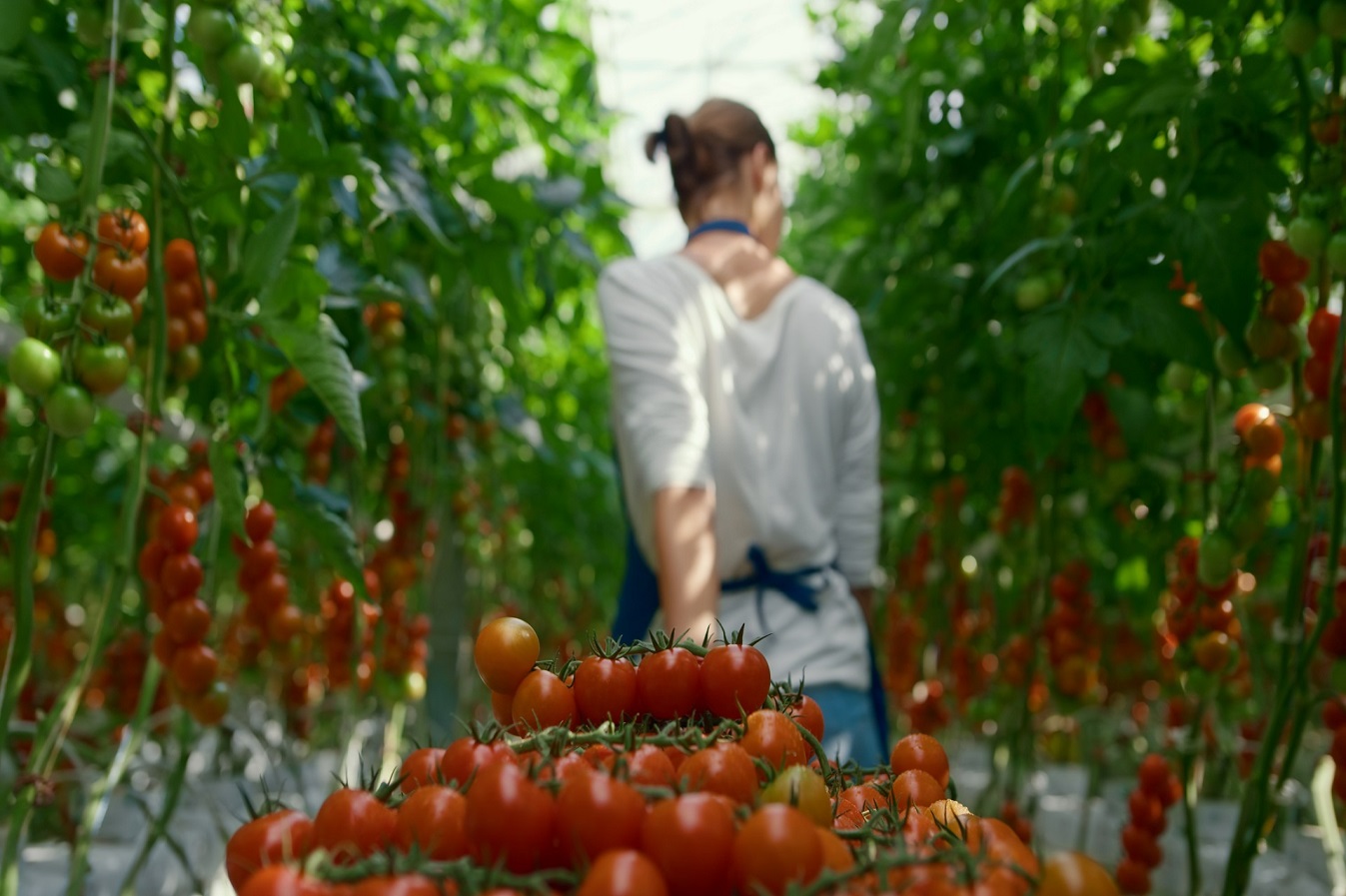

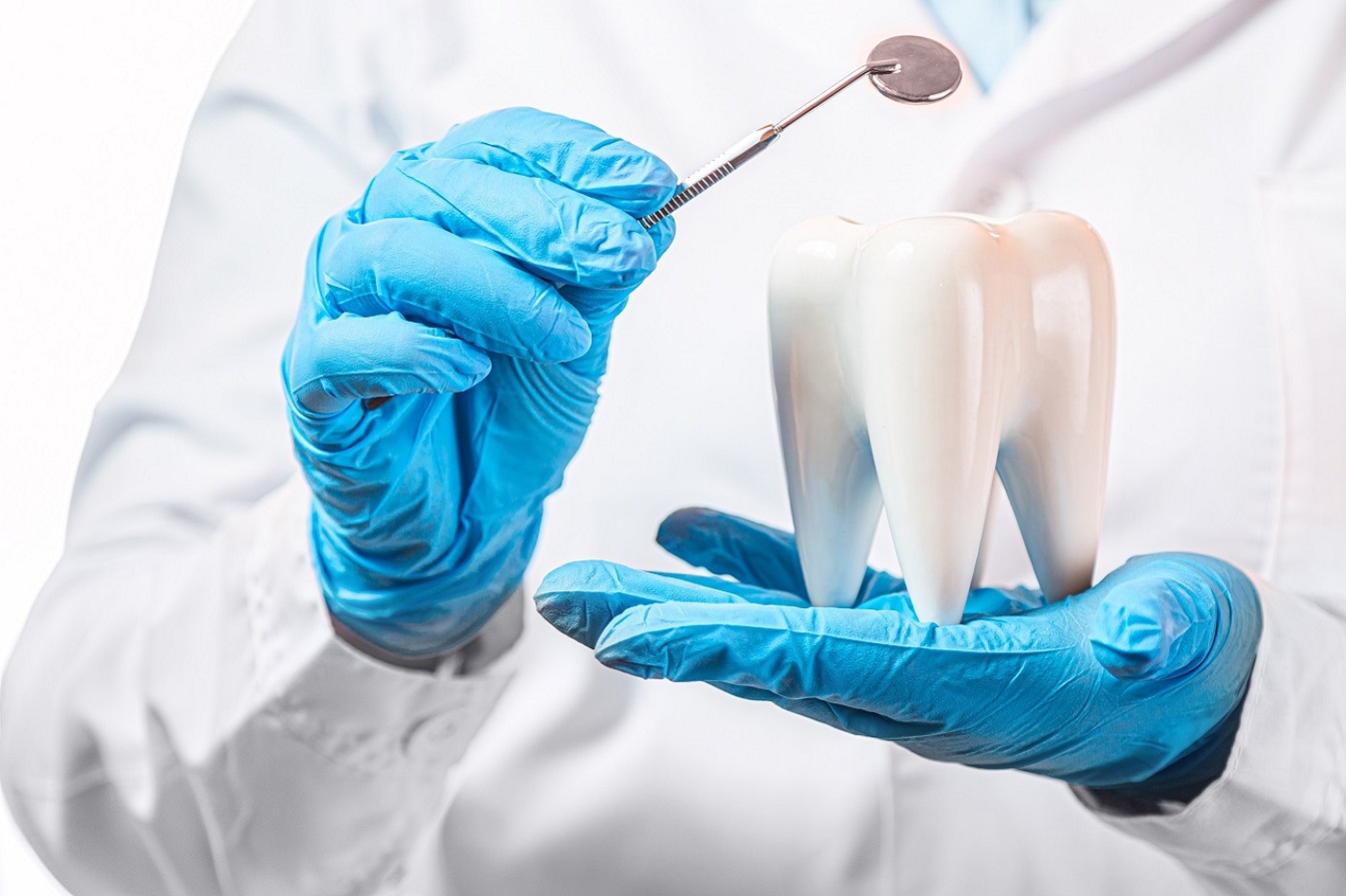



_1.jpg)